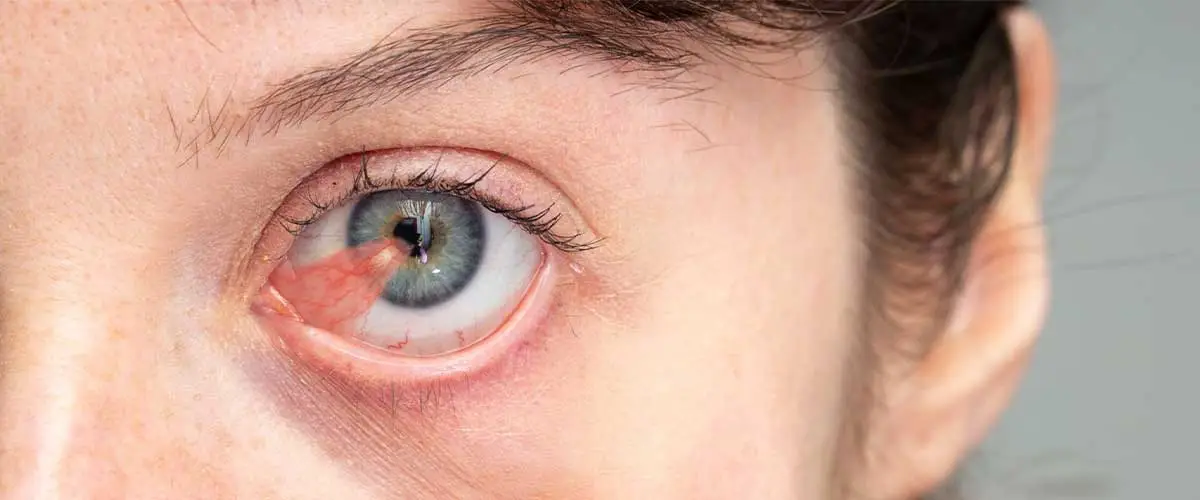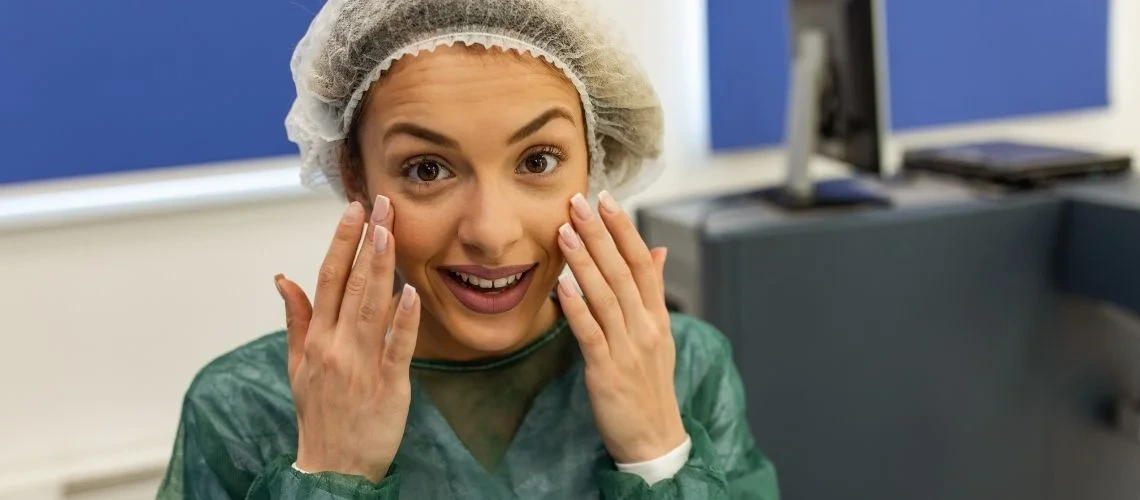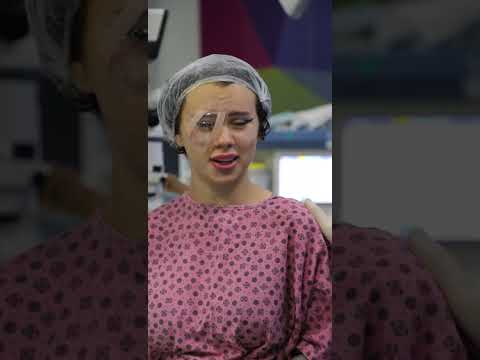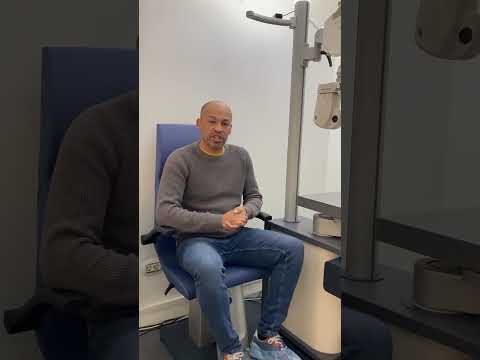Pterygium, commonly known as “surfer’s eye,” can cause eye irritation, watering, and redness. Depending on its severity, it may narrow the field of vision and interfere with sight.
In some cases, it may cause irregular astigmatism that cannot be corrected even with glasses, making early diagnosis and treatment extremely important.
The most significant cause of this condition is UV exposure. The treatment involves surgically removing the tissue before it penetrates the deeper layers of the cornea. Various surgical techniques have been used for this condition, but older methods had the major disadvantage of high recurrence rates. In our clinic, we use the conjunctival autograft technique with tissue adhesive, which significantly reduces recurrence and minimizes post-operative discomfort such as burning or stinging.
Pterygium (Eye Tissue) Treatment
Pterygium is commonly seen in our country. The only known treatment is surgical removal. In this procedure, the tissue that grows over the transparent cornea is removed, and the conjunctival autograft method is used with tissue adhesive, allowing for a sutureless recovery. This technique offers many advantages: with the use of tissue glue, the recurrence rate has dropped to as low as 1%, and the absence of sutures significantly reduces patient discomfort after surgery.
Recovery After Pterygium Surgery
Redness in the eyes may persist for 10–15 days after the operation, but discomfort typically decreases within the first few days. Most patients can return to their normal daily routines within 3 to 4 days.
Do I Need to Use Eye Drops After Pterygium Surgery?
Yes, since the abnormal tissue is fully removed during the operation, special eye drops are used to speed up healing in that area.
Is There a Risk of Recurrence After Pterygium (Eye Tissue) Surgery?
Thanks to the conjunctival autograft and tissue adhesive technique, the recurrence rate has been reduced to around 1%.
How Can I Prevent Pterygium?
The most well-known cause of pterygium is UV exposure. Therefore, wearing protective sunglasses, especially those that cover the sides of the eyes, is crucial.
What Is the Yellow Spot on the White of the Eye (Pinguecula)?
A yellow spot on the white of the eye, known as pinguecula, is a fatty deposit that may cause redness, burning, and stinging. It is smaller than pterygium, and surgery is also the only known treatment. However, if it does not cause discomfort, it can simply be monitored. In some cases, patients may opt for surgery due to cosmetic concerns, especially if they are bothered by the appearance of red eyes.












